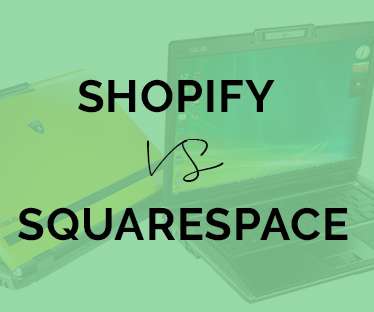The History of Ecommerce: What The Past Says About Tomorrow’s Retail Challenges
BigCommerce
FEBRUARY 13, 2018
In fact, growth projections estimate that by 2022, ecommerce revenues will exceed $638 billion in the U.S. From mobile shopping to online payment encryption and beyond, ecommerce encompasses a wide variety of data, systems, and tools for both online buyers and sellers. 1998 PayPal launches as an online payment system.

















Let's personalize your content